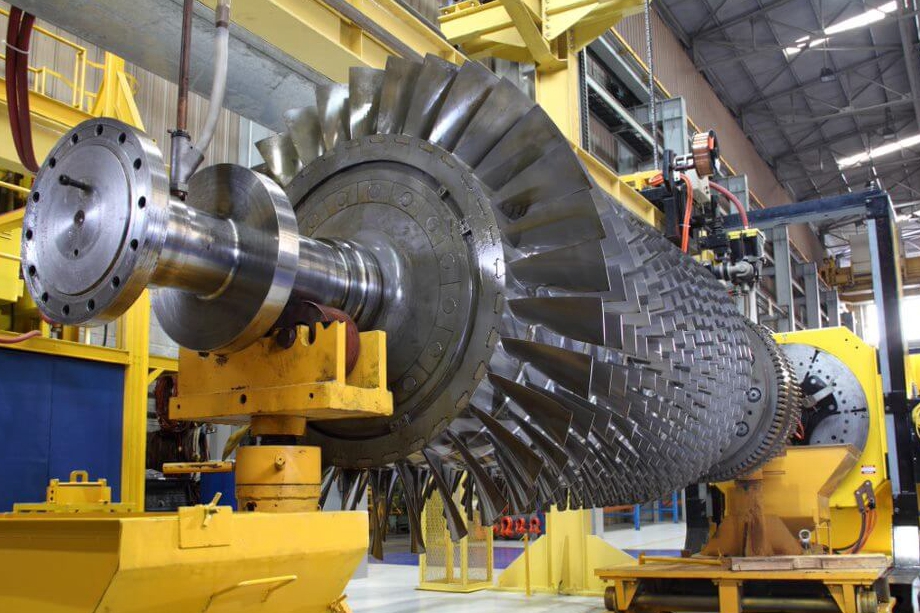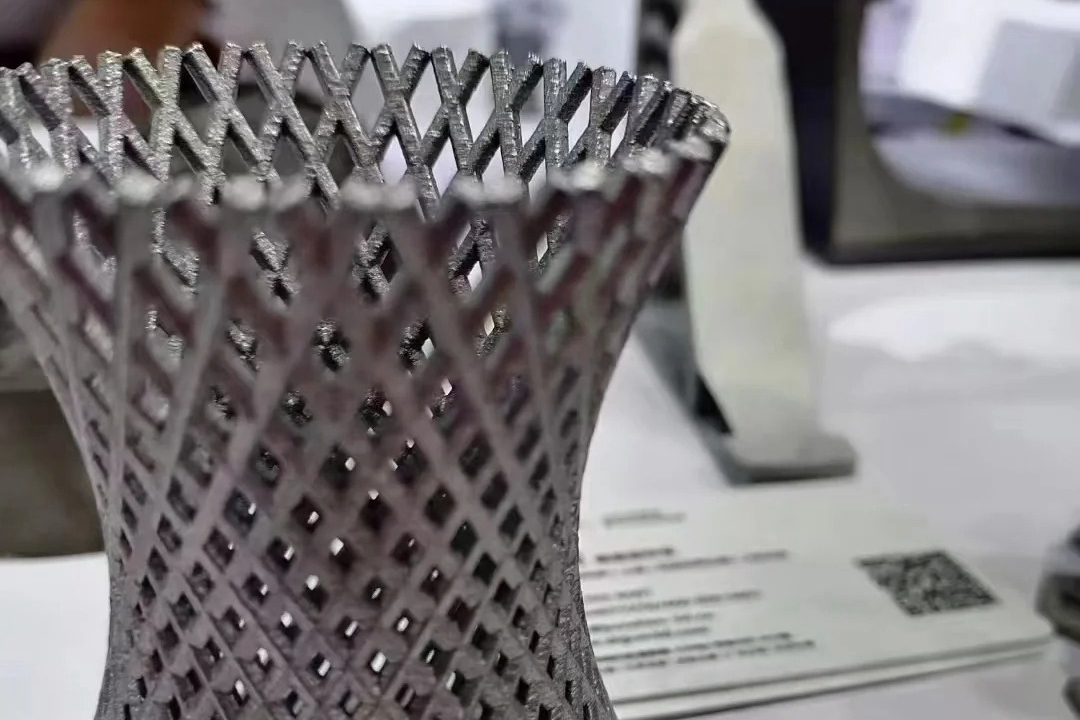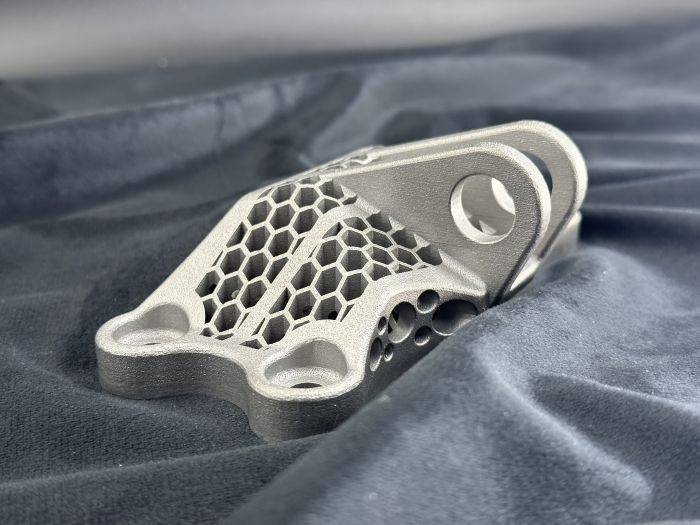What materials are commonly used in Stereolithography (SLA) 3D printing?
What Materials Are Commonly Used in Stereolithography (SLA) 3D Printing?
Standard Resins
Standard resins are widely used in stereolithography (SLA) 3D printing for general-purpose applications, offering balanced mechanical properties and surface finish. These resins are ideal for prototypes, visual models, and non-functional demonstration parts due to their smooth surface textures and precise details.
Engineering Resins
Engineering resins provide superior mechanical performance and durability, tailored for functional prototyping and end-use parts. Common variants include:
Tough resins: High impact strength and moderate flexibility, suitable for robust functional parts.
Durable resins: Excellent wear resistance and lower friction, ideal for moving parts, hinges, and assemblies.
High-temperature resins: With heat deflection temperatures up to approximately 238°C, these resins are excellent for thermo-mechanically demanding applications.
Flexible Resins
Flexible resins provide elasticity and deformation capabilities similar to rubber, with Shore hardness typically ranging from 40A to 90A. Commonly used in ergonomic designs, grips, wearable prototypes, and consumer goods, these resins enable soft-touch surfaces and cushioning properties.
Dental and Medical-Grade Biocompatible Resins
SLA technology extensively utilizes specialized resins in healthcare applications. These include:
Dental resins: Designed for precise dental models, surgical guides, and orthodontic appliances.
Medical-grade biocompatible resins: FDA-certified materials suitable for short-term medical device usage and patient-contact applications.
Castable Resins
Castable resins enable direct investment casting, commonly used in jewelry and small precision components manufacturing. These resins completely burn out without residue at temperatures around 700°C, ensuring detailed and accurate metal castings.
Transparent and Optical Resins
Transparent resins feature excellent optical clarity and stability, suitable for optical components, lenses, fluidic systems, and visual prototypes. Post-processing such as polishing enhances optical transparency to achieve clarity comparable to glass.
UV-Resistant Resins
UV-resistant resins offer enhanced protection against ultraviolet degradation, maintaining mechanical stability and color integrity over time. This makes them ideal for outdoor prototypes and functional components exposed to prolonged sunlight.
Composite and Ceramic-Filled Resins
Composite resins, such as ceramic-filled resins, improve mechanical strength, stiffness, and thermal performance. Such materials are beneficial in aerospace, automotive, and electronic industries requiring parts with higher dimensional stability and durability.
Customer-Oriented Solutions and Services
To fulfill your specific SLA 3D printing requirements, we offer comprehensive and customized support:
3D Printing Technologies:
Learn more about our Vat Photopolymerization processes, including detailed insights on SLA technology.
Resin Material Selection:
Select from a diverse range of resins, including engineering-grade, medical-grade biocompatible, and specialized castable resins.
Post-Processing & Surface Treatments:
Enhance your SLA printed parts through precision CNC machining, detailed polishing, or protective UV coating.



